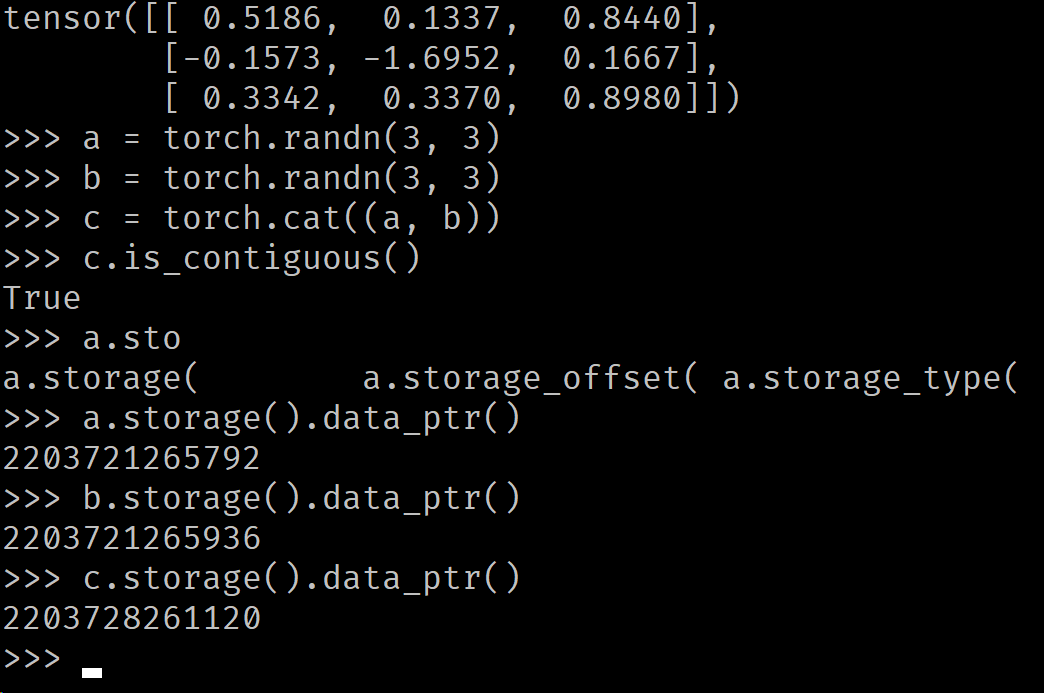This is nvidia-smi result before I run anything.
+-----------------------------------------------------------------------------+
| NVIDIA-SMI 396.37 Driver Version: 396.37 |
|-------------------------------+----------------------+----------------------+
| GPU Name Persistence-M| Bus-Id Disp.A | Volatile Uncorr. ECC |
| Fan Temp Perf Pwr:Usage/Cap| Memory-Usage | GPU-Util Compute M. |
|===============================+======================+======================|
| 0 Tesla P100-PCIE... Off | 00000000:37:00.0 Off | 0 |
| N/A 58C P0 37W / 250W | 1327MiB / 16280MiB | 0% Default |
+-------------------------------+----------------------+----------------------+
+-----------------------------------------------------------------------------+
| Processes: GPU Memory |
| GPU PID Type Process name Usage |
|=============================================================================|
+-----------------------------------------------------------------------------+
As I just replace Conv2d in Bottleneck with this SubtractedConv so it’s looks like this.
class Bottleneck(nn.Module):
expansion = 4
def __init__(self, inplanes, planes, stride=1, downsample=None):
super(Bottleneck, self).__init__()
self.conv1 = SubtractedConv(inplanes, planes, 1)
self.bn1 = nn.BatchNorm2d(planes)
self.conv2 = SubtractedConv(planes, planes, 3, stride=stride)
self.bn2 = nn.BatchNorm2d(planes)
self.conv3 = SubtractedConv(planes, planes * 4, 1)
self.bn3 = nn.BatchNorm2d(planes * 4)
self.relu = nn.ReLU(inplace=True)
self.downsample = downsample
self.stride = stride
def forward(self, x):
residual = x
out = self.conv1(x)
out = self.bn1(out)
out = self.relu(out)
out = self.conv2(out)
out = self.bn2(out)
out = self.relu(out)
out = self.conv3(out)
out = self.bn3(out)
if self.downsample is not None:
residual = self.downsample(x)
out += residual
out = self.relu(out)
return out
I tried small kernels param, it’s works.
This is inside ResNet module.
This one works.
class ResNet(nn.Module):
def __init__(self, block, layers, num_classes=1000):
self.inplanes = 64
super(ResNet, self).__init__()
self.conv1 = nn.Conv2d(3, 64, kernel_size=7, stride=2, padding=3,
bias=False)
self.bn1 = nn.BatchNorm2d(64)
self.relu = nn.ReLU(inplace=True)
self.maxpool = nn.MaxPool2d(kernel_size=3, stride=2, padding=1)
self.layer1 = self._make_layer(block, 16, num_blocks[0], stride=1)
self.layer2 = self._make_layer(block, 32, num_blocks[1], stride=2)
self.layer3 = self._make_layer(block, 64, num_blocks[2], stride=2)
self.layer4 = self._make_layer(block, 128, num_blocks[3], stride=2)
But this one explode.
class ResNet(nn.Module):
def __init__(self, block, layers, num_classes=1000):
self.inplanes = 64
super(ResNet, self).__init__()
self.conv1 = nn.Conv2d(3, 64, kernel_size=7, stride=2, padding=3,
bias=False)
self.bn1 = nn.BatchNorm2d(64)
self.relu = nn.ReLU(inplace=True)
self.maxpool = nn.MaxPool2d(kernel_size=3, stride=2, padding=1)
self.layer1 = self._make_layer(block, 32, num_blocks[0], stride=1)
self.layer2 = self._make_layer(block, 64, num_blocks[1], stride=2)
self.layer3 = self._make_layer(block, 128, num_blocks[2], stride=2)
self.layer4 = self._make_layer(block, 256, num_blocks[3], stride=2)
